America is a culture obsessed with gruesome serial killers and true crime and Netflix’s new show, Monster: The Jeffrey Dahmer Story is further proving that fact. Dahmer, created by the legendary Ryan Murphy and starring American Horror Story’s Evan Peters, tells the story of one of the most notorious serial killers, sex offenders and cannibals in the United States: Jeffrey Dahmer. The 10-episode series covers quite a lot: The Dahmer murders that happened while he was living in the Oxford apartments, his strained relationships with his parents, the victims’ point of view, the consequences of his actions, his arrest, his death and everything in between.
Here is everything you need to know about Netflix’s Monster: The Jeffrey Dahmer Story.

Jeffrey Dahmer was an American serial killer, sex offender and cannibal who committed the murder and dismemberment of 17 boys and men between 1978 and 1991, most of whom were black or brown. His victims’ ages ranged from as young as 14 years old up to 33 years old. While hundreds of movies, documentaries and series have been made about Dahmer over the years, none of them do it like Dahmer. The show had one of the biggest debut weeks in Netflix’s history and has generated a ton of buzz, so what makes this one so different? According to Ryan Murphy, it’s a series that “exposes these unconscionable crimes, centered around the underserved victims and their communities impacted by the systemic racism and institutional failures of the police that allowed one of American’s most notorious serial killers to continue his murderous spree in plain sight for over a decade.” In other words, this seems to be the first series that gives insight into the repercussions of these murders and how society and our system failed to stop Dahmer multiple times as a result of racism and homophobia.

Monster: The Jeffrey Dahmer story is a horror movie from the start with blood and gore. The first episode begins backward as it shows the events that unfolded the night of Dahmer’s arrest. We are introduced to Dahmer, played by Evan Peters, who frequently portrays evil men – from a school shooter to a cult leader to now a serial killer. He is seen doing what he usually does – prowling a nightclub primarily filled with young black men. He approaches one of them, Tracy Edwards (Shaun. J Brown) and convinces him to go home with him. But back at his apartment, he attempts to drug Edwards, holding him at knifepoint and telling him that he is going to eat his heart. Much of the episode is filled with this cat-and-mouse encounter, not knowing if or when Dahmer will kill him. But everything turns when Edwards escapes through the front door and brings (skeptical) police officers back to Dahmer’s apartment. When they enter the apartment, they are met with the smell of death and human flesh, a severed head in the refrigerator, blood stains on the mattress, pictures of dismembered murder victims and a vat full of body parts. In the first episode, we see the end of Dahmer’s murderous spree, but this opening episode sets the tone for the rest of the series as we then go back in time.
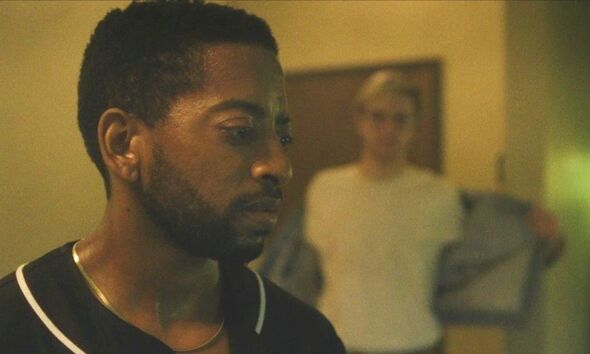
Throughout the episodes, we are given a pretty well-detailed view of Dahmer’s childhood. We are introduced to Dahmer’s father, Lionel Dahmer (Richard Jenkins) and his mother, Joyce Flint (Penelope Ann Miller). As we understand throughout the series, Dahmer has a strained relationship with his parents. Lionel is a neglectful and borderline emotionally abusive father due to being too preoccupied with his work as a chemist while Joyce is an unstable, poorly-treated, depressed and anxious mother who suffers from frequent outbursts and suicide attempts. Dahmer is portrayed as a sad and abandoned child, only connecting with his father through taxidermy, animal dissection and bone preservation.
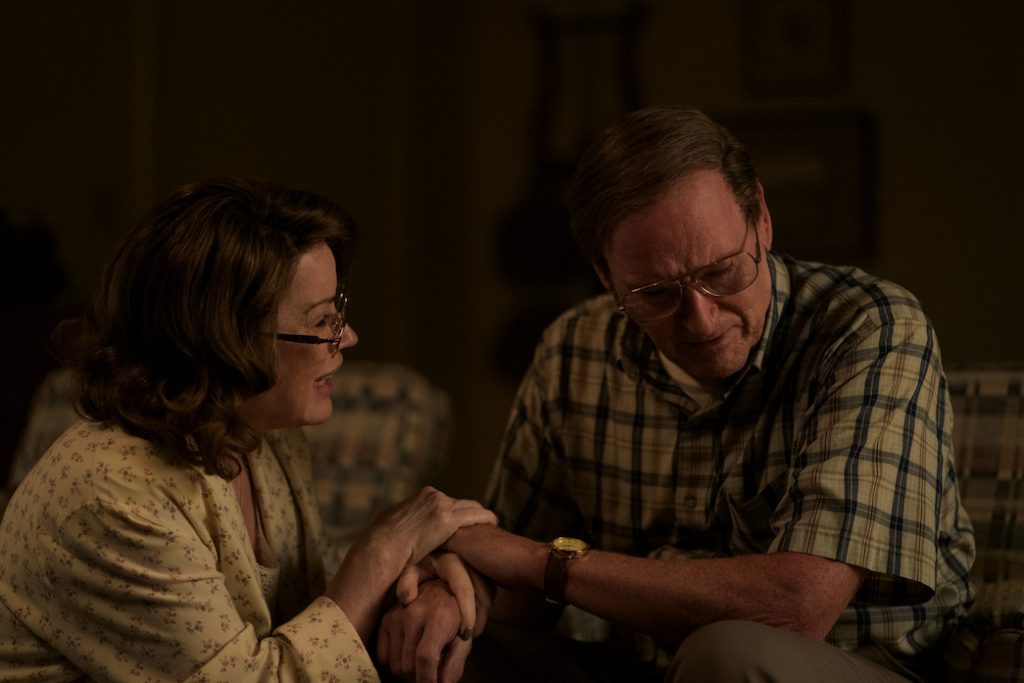
As we watch Dahmer grow up, we also switch between timelines and watch scenes of his heinous murders. While living in Wisconsin, he would often visit gay bars and lure men to his home by asking them to pose for photos for payment. Once he brought the men home, he would drug them, rape them and gradually kill them by dismembering their body parts. In some instances, he injected hydrochloric acid into their brains after drilling holes in their heads while they were still alive. He would keep the heads and genitals of some of his victims around his apartment and gradually he began to cook and eat the body parts. We are also offered an inside glimpse into the victims’ and their family’s lives, with an especially touching episode following one of Dahmer’s victims, Tony Hughes (Rodney Burford) who was deaf and just seeking friendship.
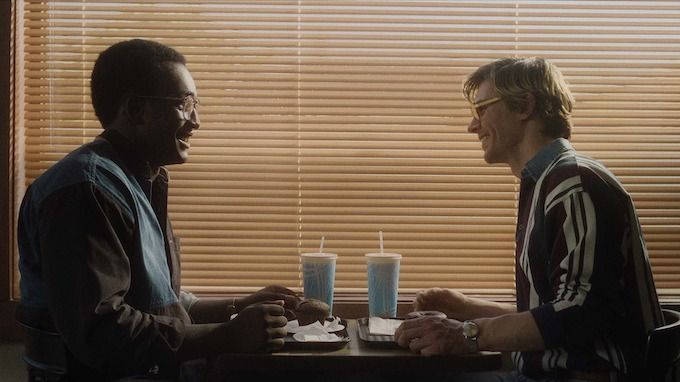
Perhaps the most horrific part of it all is the blatant disregard and negligence of the police. One character who plays a huge part in the story is Glenda Cleaveland (Niecy Nash). Cleveland was Dahmer’s neighbor in their residential apartment building, which was in a low-income and predominantly black neighborhood. As we see in the series, Cleveland grows suspicious of Dahmer and the smells and noises coming from his apartment. She repeatedly complains to Dahmer, who comes up with every excuse in the book. She repeatedly complains to the building managers who say that there is nothing much they can do. She even repeatedly complains to the police who do not listen to her concerns nor follow up on her reports. For months she is ignored. In a particularly disturbing instance, 14-year-old victim Konerak Sinthasomphone managed to get out of Dhamer’s apartment, though naked, drugged and bleeding. Cleaveland and her daughter saw the boy and promptly called the police. When they showed up, Dahmer convinced them that Sinthasomphone was his 19-year-old boyfriend who had just had too much to drink, so the police returned the boy back to Dhamer, who murdered him just shortly after returning to his apartment. Dahmer definitely makes it a point to highlight the way the police failed the victims and their communities and Niecy Nash does an extraordinary job playing the role of Glenda Cleaveland and portraying her horror and frustration through the screen. Her character was one that stood out and really made you feel things.
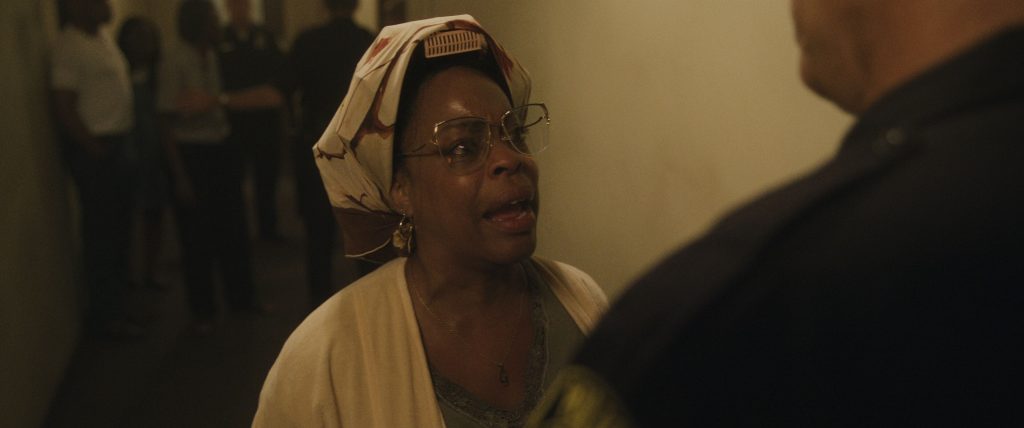
Despite the wild popularity of the show, it has created some massive controversies. Relatives of Dahmer’s victims are not happy with Dahmer and are condemning it for the time it dedicates to the victims. A scene in the series re-creating Rita Isbell’s (DaShawn Barnes) confrontation with Dahmer in court after he killed her brother, Erroll Lindsey went popular on social media for its accuracy. However, Isbell herself said that she was never part of the production or contracted by the creators of the show and that the family has not made any money from it either.
“If the show benefited them in some way, it wouldn’t feel so harsh and careless,” she said, referring to the victim’s families. “It’s sad that they’re just making money off of this tragedy. That’s just greed.”
Eric Perry, another relative of Lindsey, tweeted that the show is “retraumatizing over and over again.”
Regardless of the intention behind the series, the show has been criticized for the heavy focus on Dahmer’s behavior and the framing of the victim’s stories. And while the ethics of retelling true-crime stories without input from victims and their families is debated, it definitely leaves a bit of a bad taste in our mouths.
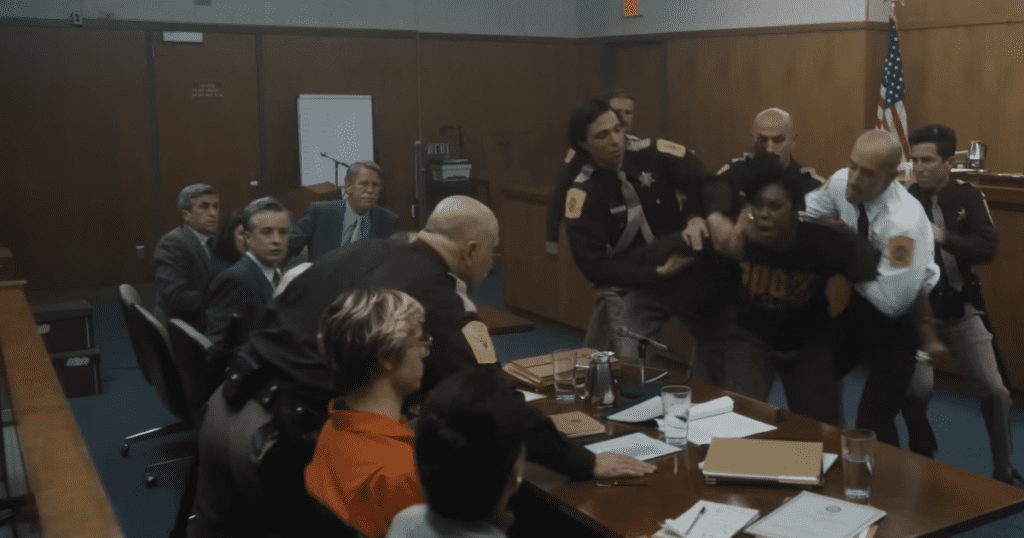
Beyond the controversy surrounding the ethics of our true-crime-obsessed culture, Monster: The Jeffrey Dahmer Story is a well-done and well-rounded account of the Dahmer murders and the negligence of the police that flips the Hollywood script in a way that hasn’t been done before. One can appreciate the performances in Dahmer, especially from Neicy Nash and Evan Peters in particular. Dahmer offers a clear and intelligent interrogation of Dahmer’s crimes, the people impacted and the consequences.




